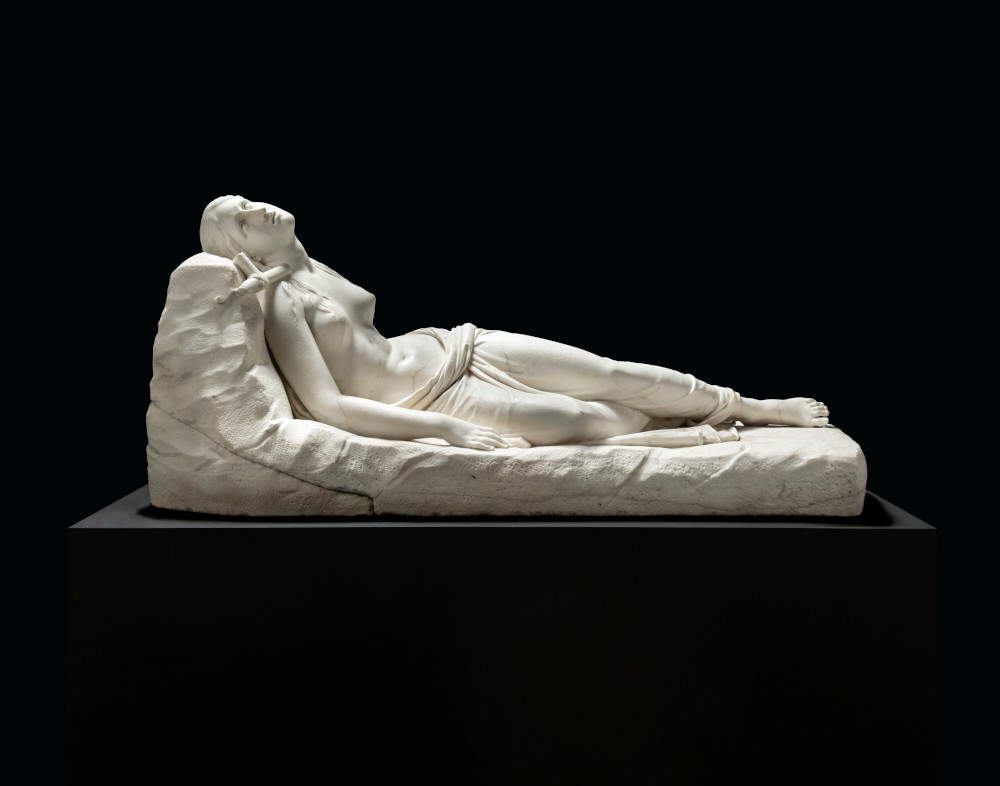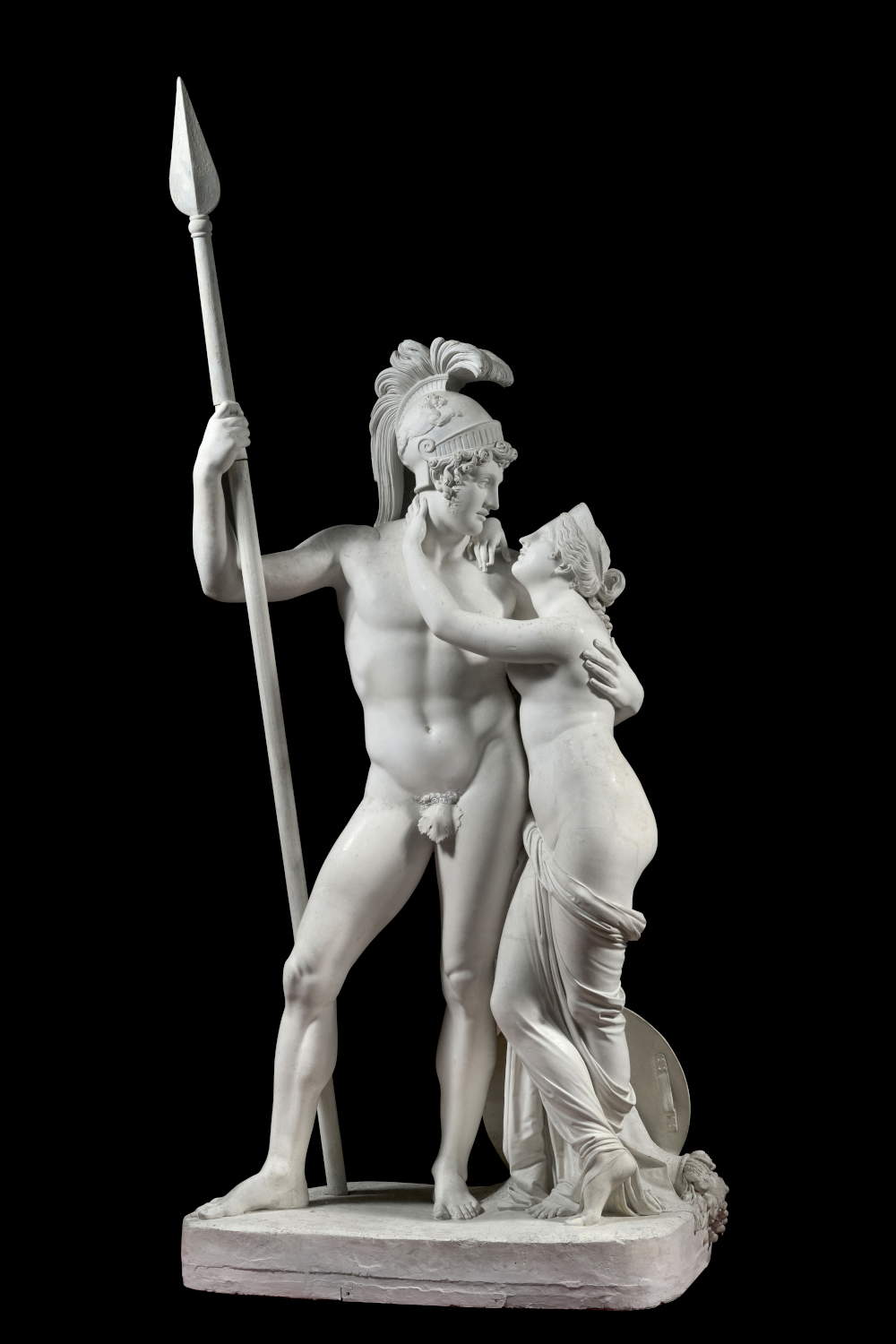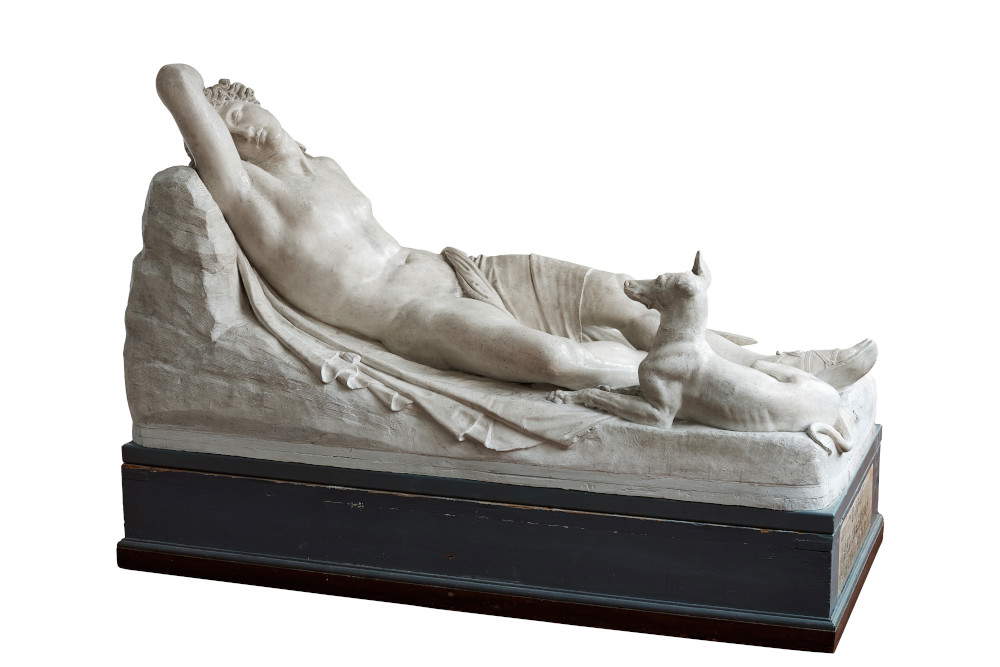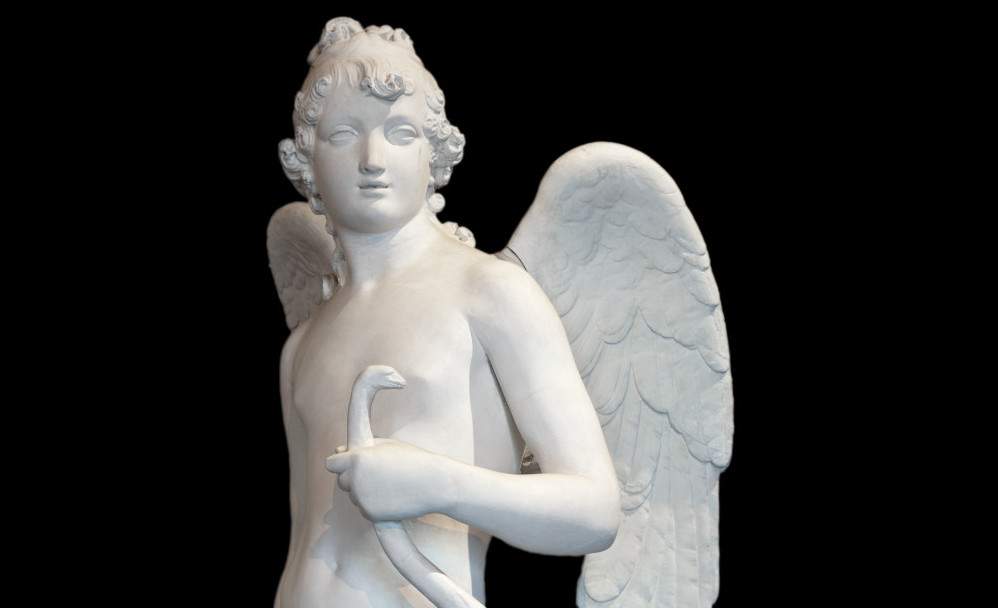From October 15, 2022 to February 26, 2023, the Bassano del Grappa Civic Museum presents the exhibition Io, Canova. European Genius, on the occasion of the two hundredth anniversary of the famous artist’s death. The wide-ranging exhibition, curated by Giuseppe Pavanello and Mario Guderzo with the scientific direction of Barbara Guidi, organized by the Civic Museums of Bassano del Grappa in collaboration with Villaggio Globale International, and realized with the support of the Veneto Region, with the patronage and contribution of the “National Committee for the celebrations of the bicentenary of the death of Antonio Canova,” and with the opening event placed under the High Patronage of the European Parliament, aims to go “beyond” Canova’s aesthetic universe. In fact, it intends to return a previously unseen image of the great sculptor, fascinating and highly topical, revealing the man, the collector, the diplomat, the patron of the arts: one of the most significant personalities of the cultural and political world at the turn of the 18th and 19th centuries. And it also aims to investigate certain aspects such as the education, passions as a collector, and participation in European history of this artist who was able to orient the taste of an entire era.
A story in images that the rich artistic and documentary heritage of Canova present in Bassano del Grappa, custodian of one of the largest and most important funds in the world for the study and knowledge of the great sculptor, is flanked by national and international loans: from the master’s masterpieces, such as the marble of Princess Leopoldina Esterhazy Liechtenstein, the large plaster of Religion from the Vatican Museums, the imposing Mars and Venus from the Possagno Gipsoteca, made for George IV ofEngland, the Sleeping Endymion from the Academy of Fine Arts in Ravenna or the Dancer with her finger on her chin from the Pinacoteca Agnelli, to name a few, to the many works that allow us to reconstruct the context in which Canova lived and worked. These include Batoni’s Portrait of Senator Abbondio Rezzonico, Mengs’s Portrait of Clement XIII and Gérard’s Portrait of Emperor Napoleon I, paintings by Tiepolo and Moretto da Brescia that belonged to Canova, and masterpieces by Paolo Veronese, Ludovico Carracci and Guido Reni that he brought back to Italy in 1815 thanks to a diplomatic mission. More than 140 works in all will be on display, including sculptures, paintings, drawings and precious documents, from important public and private Italian and European collections, such as the Uffizi Galleries in Florence, the Pinacoteca Nazionale in Bologna, the Museo di Castelvecchio in Verona, the Museo Correr in Venice, the Protomoteca Capitolina, the Vatican Museums, the Malmaison in Paris, theAlbertina and the Kunsthistorisches Museum in Vienna, the Schloss Esterhazy, the Alte Pinakothek in Munich, the Musée National du Château de Fontainebleau or the Daniel Katz Gallery in London, will accompany visitors first inside the creative universe of the master, then in the footsteps of the traveler" Canova from Italy to the great courts of Europe.
The exhibition will also evoke the events of some important commissions, such as the Damossenus and Creugante, theHercules and Lica, the Funeral Monument for Horace Nelson and that for Pope Clement XIII, the equestrian monument to Ferdinand IV of Bourbon and that for Napoleon; it will recount the relationships with patrons, pontiffs, princes and nobles, from the Falier to the Rezzonico, from King George IV to Alexander Baring, from Pope Pius VII to Francis I of Austria, from Josephine de Beauharnais to Pauline Bonaparte, and on to Napoleon. Finally, it will evoke the relationships Canova had with artists, and literary contemporaries, such as Angelika Kauffmann, Anton Raphael Mengs, and Carlo Albacini.
An exceptional event is the arrival in Bassano del Grappa, from England, of the great marble rediscovered only recently, after nearly two centuries in which traces of it had been lost, and never before displayed in an exhibition: the lying Magdalene, Canova’s last masterpiece. Made shortly before his death for Robert Jenckins, second Earl of Liverpool and England’s prime minister, the reclining figure has been recognized after many years of oblivion.
There will be three chapters in which the exhibition, signed by Studio Antonio Ravalli Architetti as part of a larger project to upgrade the entire Bassano Civic Museum, will be developed: “The ’Man and the Artist,” “Canova and Europe,” and “Canova in History,” the latter dedicated to the relationship the sculptor had with Napoleon and the Bonapartes and the trips he made to London and Paris in 1815 to judge the Parthenon marbles and recover the works of art that the French had taken from the peninsula. He was in fact entrusted by Ercole Consalvi, secretary of state from the Holy See, with the task of recovering the works stolen by the French following the Treaty of Tolentino in 1797. The latter undertaking finds particular prominence in the exhibition and reminds us once again of the importance of the figure of Canova for Italian art, beyond his genius. Despite the fierce opposition he encountered and the many anxieties that the mission to Paris procured for his mild temperament, Canova was able to seize the positive conjuncture at the international level and play by cunning and diplomacy. So while Dominique Vivant Denon, director of the Louvre since 1802, defended the French loot, Canova sought the support of Hamilton undersecretary to the British Foreign Secretary, of Wellington the great British commander who had defeated Napoleon at Waterloo, and of the Austrian chancellor Prince of Metternich; and with a squad of Austrian and Prussian soldiers he raided the Louvre, detaching from the walls and recovering from the rooms a good part of the works claimed by the Papal States. On October 25, 1815, a convoy of forty-one wagons drawn by two hundred horses with 249 works left Paris to reach various destinations in Italy. The wagons were welcomed by the festive local populations. Also on display in Bassano to witness this moment are the ancient plaster cast of the Laocoon loaned by the Vatican Museums, Paolo Veronese’s Deposition, Guido Reni’s La Fortuna, and Agostino Carracci’sAssumption of the Virgin and La Carraccina. Canova, who had also managed to obtain a contribution from British diplomats to finance the transportation costs, would shortly travel to London as well.
Some of Canova’s famous marbles preserved there had been officially loaned to the exhibition by the State Hermitage Museum in St. Petersburg. Similarly, from the National Museum in Kiev was to arrive Peace, an allegory in marble, never so topical. At the outbreak of the Russian-Ukrainian conflict, the renunciation of such loans was inevitable and convinced.
For info: www.museibassano.it
Hours: Daily, including holidays, 9 a.m. to 7 p.m. Closed Tuesdays.
Tickets: Full 12 euros, reduced 10 euros.


 Antonio Canova
Antonio Canova Antonio Canova,
Antonio Canova, Antonio Canova,
Antonio Canova, Antonio Canova,
Antonio Canova,
 |
| Bassano del Grappa, major exhibition on Canova for the 200th anniversary of his death. From England the lying Magdalene |
Warning: the translation into English of the original Italian article was created using automatic tools. We undertake to review all articles, but we do not guarantee the total absence of inaccuracies in the translation due to the program. You can find the original by clicking on the ITA button. If you find any mistake,please contact us.